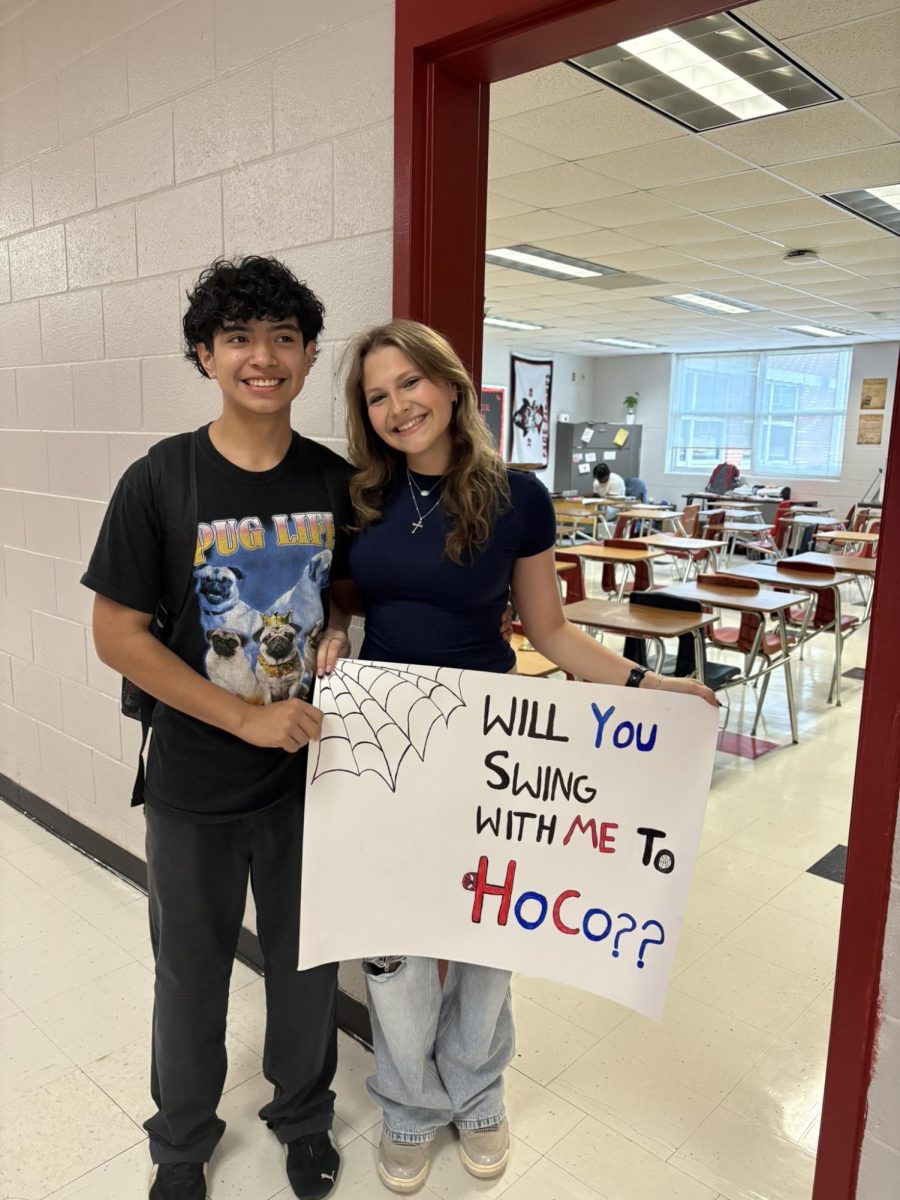For us, quarantine was a new and surprising experience last year. However, quarantine has been used to protect cities from epidemics since the 14th century!
During the Middle Ages quarantine was used in port cities like Venice to protect from the plague. Ships sat anchored in the port for forty days before entering the city. The practice began after an outbreak of bubonic plague in Italy. Armed guards monitored the sailors who stayed in camps and later in plague hospitals.
Ports in New York and Boston mimicked Venice in the 1680s and 90s to control yellow fever in the colonies. People with smallpox were ordered to stay at home in the colonies and as the plague spread through trade paths, quarantine only became more prevalent. Some countries would turn ships away if they came from known cholera epidemics and others would restrict the movement of certain lower-class workers who were believed more likely to take ill. The end of the 19th century marked the end of those more extreme preventions, but quarantining wasn’t over.
With the 1918 influenza pandemic churches, universities, schools, and sporting events closed down, a quarantine more similar to our present-day experience. However, World War One complicated the matter and troop movements spread the virus, despite how most of the U.S. shut down.
This COVID-19 pandemic took us all by surprise, but our experience isn’t much different than those our ancestors experienced. At least today we can be thankful that there aren’t armed guards monitoring whether we stay at home and that World War One isn’t complicating our efforts.
Photo Credits: Medical Daily










